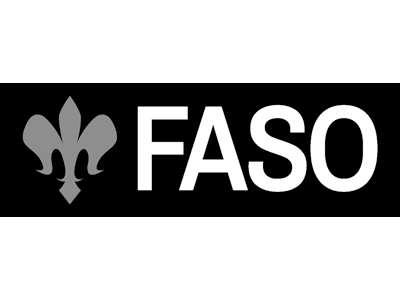
Tania tells a story in each portrait. Her painting explores the complexities of human relationships, whether couples or groups. But her focus also unravels the solitary character who never poses in vain but looks outside the frame, conveying. Rivilis gives her creations the opportunity to communicate with the viewer. That is why each work of this artist is defined as a process where one can perceive the presence of an invisible interlocutor beyond the canvas.
Tania Rivilis (Ukraine, 1986) forged her career since that day in 2012 when she set foot on German soil. Just three years later, she began to be known in the artistic scene as a bearer of a multifaceted style that was sometimes enjoyed in notable galleries and other times materialized on digital billboards in iconic locations.
She has been an active exhibitor at various prestigious platforms, such as the Arcadia Contemporary in New York and Bonnard Galerie in the Netherlands. Events like the LA Art Fair and Art Basel have also seen her work grace their spaces.
Her digital presence is equally noteworthy. A recent highlight includes her works illuminating the screens of Times Square in New York. To relive this iconic moment, have a glimpse here. Yet, her journey is not only about individual milestones. Collaborations with prominent figures, such as Val Kilmer and the Duchess of York Sarah Ferguson, demonstrate the intersections of art across various mediums.
In 2022, her commitment to this craft was recognized when she received the William Lock Prize at the Royal Portrait Society. Since then, it can be affirmed that our jury member is one of the best representatives in Europe of timeless and profound portraiture with a powerful aesthetic charge.
Tania tells a story in each portrait. Her painting explores the complexities of human relationships, whether couples or groups. But her focus also unravels the solitary character who never poses in vain but looks outside the frame, conveying. Rivilis gives her creations the opportunity to communicate with the viewer. That is why each work of this artist is defined as a process where one can perceive the presence of an invisible interlocutor beyond the canvas.






















































